Product Lifecycle
A product is anything that can be offered to a market to satisfy the desire or need of a customer.
But it is important to have clear what a product is, so we can set-up the correct processes and follow best practices.

What is a product lifecycle?
The Traditional Product lifecycle theory first was coined in the Sixties, when Theodor Levitt described the various stages a product will go through from its inception all the way through to its eventual obsolescence or retirement. Driven by two main factors such as technology and consumer taste change, the product lifecycle (following PLC) was split into 4 stages, each one requiring a different strategy to secure competitive advantage that would be related to different factors.
In a more contemporary view of PLC, a Research & development phase, proceeding the actual product launch, was added making it to a 5 stages lifecycle:
Research and Development
This is stage where new ideas are developed and, whilst the sales are still null, investment and development costs are high. Yet this is one of the most important stage where a solid Product Lifecycle Management (intended as New Product Development Process ) is required to ensure a successful product is about to be launched.
Introduction
This is the decisive phase where the product makes it customer facing, costs reach the peak with prototypes developments, consumers validation and testing and of course promotional and marketing investments.
The market is quite small, with limited sales and still no profits, with stronger brands benefiting of a competitive advantage.
Occasionally you may be required to tweak your business model around how customers react to your product, to reach the best product/market-fit.
Growth
As the product increases in popularity and attracts larger volume of users, sales growth rapidly and so the company profits.
By scaling up production, the profit margins will improve, and by investing more in promoting the product, companies will reach the highest growth potential.
It is also the moment where product and marketing teams have to start consider additional strategies for sustaining the growth rate and continue expanding the user base on additional channels.
Mature
As the maturity stage inevitably sets-in the company focus will be to establish the product and its market positioning.
The development focus will start gradually to shift more onto new projects rather than expanding the current product; however this is the stage of highest competitiveness with the highest risk of the product becoming quickly obsolete, therefore it is critical to value also potential changes and improvements to maintain a competitive edge.
Decline
Eventually the market begins to saturate, product sales start shrinking and the product becomes obsolete as customer aspirations changes rapidly. Yet there is residual value that can gained during this period…
Sometimes the decline stage is linked to seasonality and makes it of course the end of a new begin.
..Or Renewal
Decline it is also an opportunity for the future where it will be possible to create and sell again, newer and enhanced products. It is important to talk to the customer base you acquired and learn what is affecting retention, driving them away. That customer problem/needs is the renewal product opportunity.
